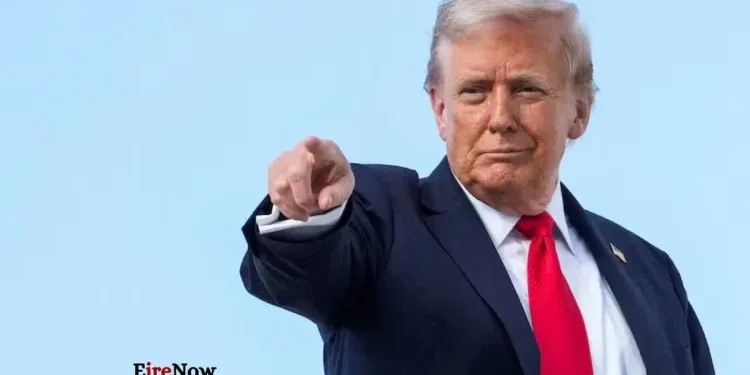Washington, D.C. – The United States federal government has officially entered a shutdown, halting much of its non-essential operations after a deep partisan deadlock prevented Congress from passing a crucial funding bill. The funding lapse began at 12:01 AM ET today after the Senate failed to advance a short-term spending measure, setting the stage for what is feared to be a prolonged and damaging political standoff.
The failure to pass a continuing resolution (CR), which would have funded the government through November 21, was driven by Senate Democrats who opposed the Republican-led “clean” bill. Democrats insisted on attaching an extension of key Affordable Care Act (ACA) health subsidies, which are set to expire at the end of the year, a demand Republicans rejected, arguing the issues should be addressed separately.
Key Impacts and Escalation:
- Furloughs and Pay: An estimated 750,000 federal workers are expected to be furloughed daily, leading to an estimated cost of $400 million per day in lost compensation. Essential personnel, including US troops, air traffic controllers, and law enforcement, will be required to work without pay.
- White House Stance: President Donald Trump and his administration have drastically escalated the situation, threatening to use the shutdown to make “irreversible” cuts to the federal government. Budget Director Russell Vought had previously called for agencies to consider mass layoffs (Reduction in Force – RIF) rather than just furloughs, a move that would permanently eliminate jobs.
- Service Disruptions: Critical services now suspended or facing delays include the release of the closely watched monthly employment report, routine inspections by the Food and Drug Administration (FDA), scientific research, processing of some veteran and low-income assistance programs (like WIC), and the closure of Smithsonian museums and other public venues.
- Economic Fallout: Global financial markets reacted with caution; Wall Street futures slipped, gold hit a record high, and Asian stocks wavered amid concerns over economic data delays and the financial strain on federal workers. The 2018-2019 shutdown, the longest in history at 35 days, cost the US economy an estimated $11 billion.
Senate Majority Leader John Thune (R-SD) criticized Democrats for turning a “non-partisan” spending bill into a political fight, while Senate Democratic Leader Chuck Schumer (D-NY) accused the White House and Republicans of trying to “bully” Democrats with the threat of cuts, pointing to a recent controversial deepfake video posted by President Trump.
The political polarization, heightened by recent violent events and extreme factionalism, is leading analysts to predict a protracted shutdown, as neither side appears willing to compromise on core issues ahead of the 2026 midterm elections.







